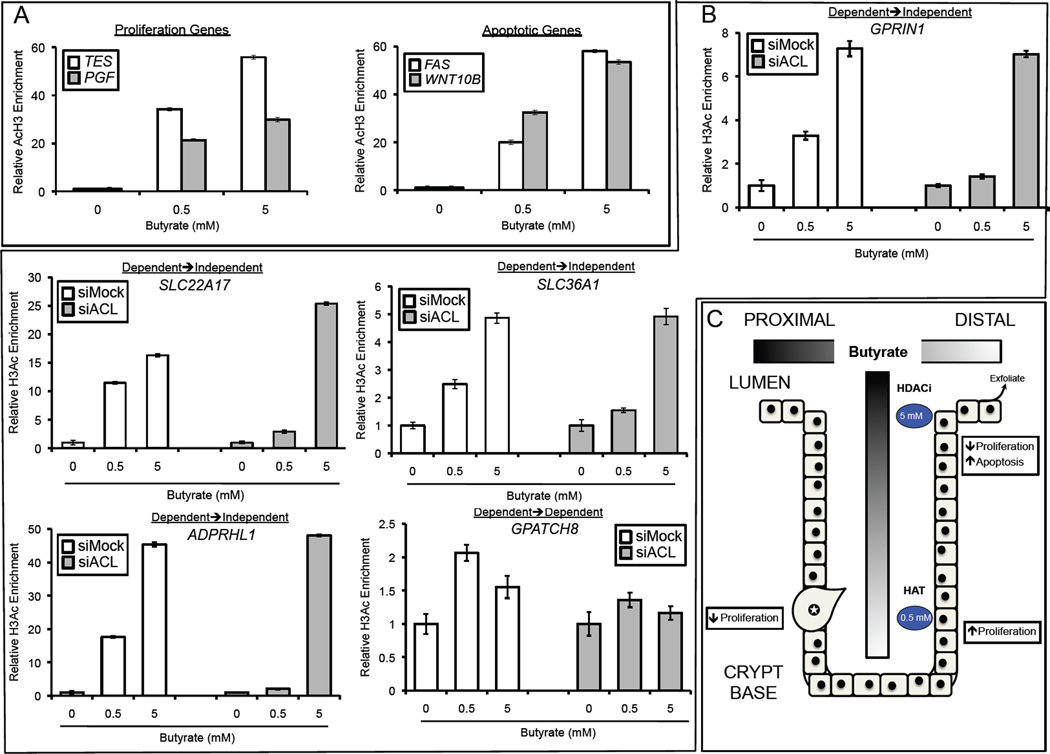Figure 7. Butyrate Induces Histone Acetylation by Dual Mechanisms.
(A, B) Quantitative ChIP assays showing H3ac enrichment at the promoters of genes in HCT116 cells that were untreated or treated with butyrate as indicated. In panel A, the most-highly induced cell proliferation (left) and apoptotic (right) genes are shown. In panel B, the assays were performed under siMock and siACL conditions. The first 4 panels correspond to genes (SLC22A17, SLC36A1, GPRIN1, ADPRHL1) whose expression switched from ACL dependence at 0.5 mM to ACL independence at 5 mM. The final gene (GPATCH8) was expressed in an ACL-dependent manner at both doses. qPCR results for each ChIP were normalized to input, and the values of the untreated samples (0-mM butyrate) were set at 1.0. The 0.5- and 5-mM butyrate-treated samples are presented as histograms that show H3ac enrichment relative to the untreated controls. Each histogram represents the mean ± SE for 3 independent experiments.
(C) A model depicting how butyrate might regulate histone acetylation and cellular turnover in the colonic epithelium. Butyrate is produced by microbiota in the proximal lumen, and mucous flow and peristalsis result in butyrate concentration gradients shown as two shaded bars. Near the crypt base, where butyrate concentrations are relatively low (0.5 mM), most of the butyrate molecules are metabolized and contribute to histone acetylation by the acetyl-CoA/HAT mechanism. This is associated with the proliferation of mitotically-active colonocytes. Near the lumen, butyrate concentrations are relatively high (5 mM) and exceed the concentration (1–2 mM) that can be metabolized efficiently. As a result, butyrate accumulates in the nucleus and acts as an HDAC inhibitor (HDACi). These colonocytes are not mitotically active, undergo apoptosis, and exfoliate into the lumen. Due to the Warburg effect, cancerous colonocytes (labeled with a star) metabolize relatively little butyrate regardless of their position within the epithelium. Consequently, the HDAC inhibition mechanism predominates, and butyrate is associated with decreased proliferation and increased apoptosis.

